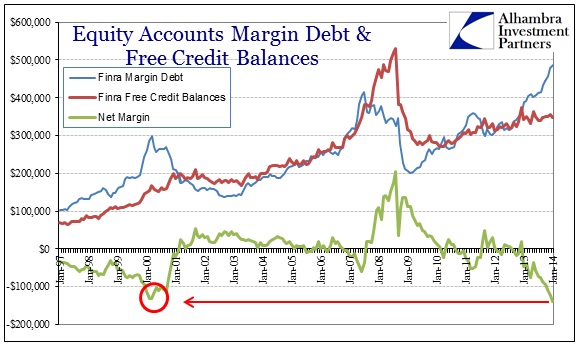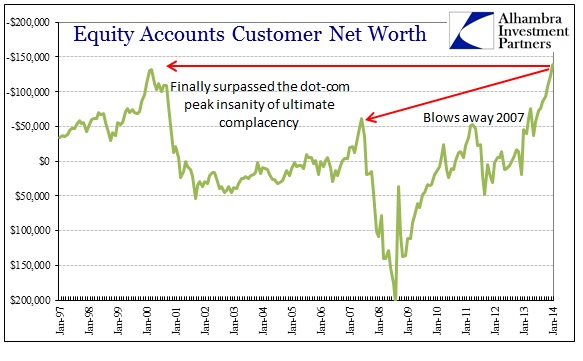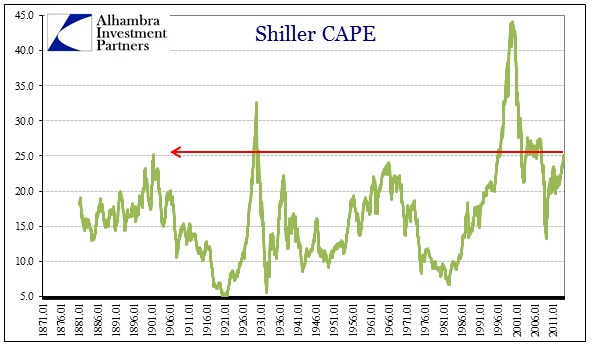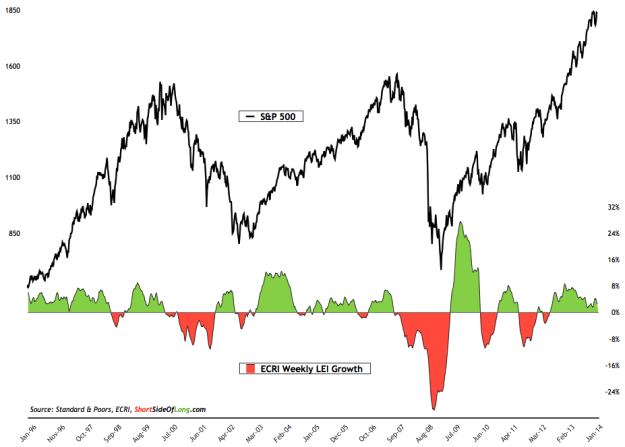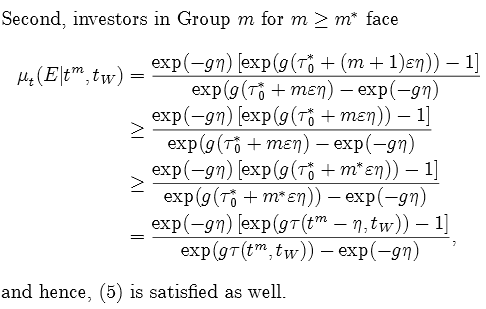
“You can’t build lasting stock market gains or solid GDP growth on debt. Because debt cannot expand forever. Sooner or later it must stabilize and then it must contract. When that happens, all the positive features of debt become negative features. Instead of borrowing and spending more, people must spend less and pay off past debt. Instead of adding to corporate sales and profits, they subtract from them. Instead of driving up asset prices, they push them down.”
Borrowed money has an almost magical effect on the way up. It comes out of nowhere. So there is no labor cost to offset against it. It goes almost directly into corporate profits. http://www.rickackerman.com/2011/06/a-gloomy-richebacher-was-prescient-in-1999/
Links
If you have a few favorites, please let me know.
-work in progress-
My Other Blogs
Un Inversor Inteligente www.uninversorinteligente.com (spanish)
Ferrer Invest www.ferrerinvest.com/un-inversor-inteligente.html (spanish)
Seeking Wisdom www.seekingworldlywisdom.tumblr.com
Value Investing Research
Magic Formula Investing www.magicformulainvesting.com
Outstanding Investor Digest www.oid.com
The Manual of Ideas www.manualofideas.com
Value Investors Club www.valueinvestorsclub.com
Value Investor Insight www.valueinvestorinsight.com
Value Line www.valueline.com
Value Investing Blogs
All Value Investing www.allvalueinvesting.com Check out the videos!
Above Average Odds www.aboveaverageodds.com
The Brooklyn Investor: http://brooklyninvestor.blogspot.com/
Buffett FAQ www.buffettfaq.com
Fundoo Professor www.fundooprofessor.wordpress.com
Gannon and Hoang on Investing http://gannonandhoangoninvesting.com/
GrahamandDoddsville www.grahamanddoddsville.net
Greenbackd.com www.greenbackd.com
Greg Speicher www.gregspeicher.com
Margin of Safety www.amarginofsafety.com
Mungerisms www.mungerisms.blogspot.com
The Inoculated Investor www.inoculatedinvestor.com
Simoleon Sense www.simoleonsense.com
Street Capitalist www.streetcapitalist.com
Value Investing World www.valueinvestingworld.com
ValueWalk www.valuewalk.com
Warren Buffett Resource www.warrenbuffettresource.wordpress.com
Value Investing Sites
Alphaclone www.alphaclone.com
Dataroma www.dataroma.com
Gurufocus www.gurufocus.com
Seeking Alpha www.seekingalpha.com
Value Investing Firms
Ariel Investments www.arielinvestments.com
Aquamarine www.aquamarinefund.com
Baron Funds www.baronfunds.com
Baupost www.baupost.com
Bestinver www.bestinver.es
Century Management www.centman.com
Clipper Fund www.clipperfund.com
Davis Funds www.davisfunds.com
Dreman Value Management www.dreman.com
Fairholme www.fairholmefunds.com
First Eagle Funds www.firsteaglefunds.com
First Pacific Advisors www.fpafunds.com
Formula Investing Funds www.formulainvestingfunds.com
GMO www.gmo.com
Greenlight Capital www.greenlightcapital.com
Himalaya Capital Management www.himalayacapital.com
Hummingbird Value Fund www.hummingbirdvalue.com
Longleaf Partners www.longleafpartners.com
Mackenzie Investments www.mackenziefinancial.com
Muhlenkamp & Co. www.muhlenkamp.com
Oakmark Funds www.oakmark.com
Oaktree Capital Management www.oaktreecapital.com
Olstein Funds www.olsteinfunds.com
Pabrai Investment Funds www.pabraifunds.com
Pzena Investment Management http://www.pzena.com
Redfield, Blonsky & Co. www.rbcpa.com
Sarbit www.sarbit.com
Sequoia www.sequoiafund.com
T2 Partners www.t2partnersllc.com
Third Avenue www.thirdavenuefunds.com
Third Point www.thirdpoint.com
Tweedy, Browne www.tweedy.com
Weitz Funds www.weitzfunds.com
Wintergreen Funds www.wintergreenfund.com
Value Investing Schools and Courses
Centro Enseñanza Online Manuel Ayau www.umayau.com (spanish)
Columbia Business School www7.gsb.columbia.edu/valueinvesting
Gabelli School of Business www.fordham.edu/cba
Kellogg School Of Management www.bit.ly/zU5n3b
Management Development Institute www.sanjaybakshi.net
Richard Ivey School of Business www.bengrahaminvesting.ca
UC Davis Graduate School of Management www.bit.ly/xkUZ4v
Value Oriented Companies
Berkshire Hathaway www.berkshirehathaway.com
Fairfax Financial Holdings www.fairfax.ca
Notable Economists
Carlos Rodriguez Braun www.carlosrodriguezbraun.com (spanish)
Jesús Huerta de Soto www.jesushuertadesoto.com (spanish)
Juan Ramón Rallo www.juanramonrallo.com (spanish)
Philipp Bagus www.philippbagus.com
Xavier Sala-i-Martín www.salaimartin.com
Amateur Portfolio Managers
Covestor www.covestor.com
Marketocrazy www.marketocracy.com
Unience www.unience.com (spanish)
Media and other resources
Farnam Street www.farnamstreetblog.com
Barking up the wrong tree www.bakadesuyo.com
Futile Finance www.futile.free.fr
Inteligencia y Libertad www.intelib.com (spanish)
Libre Mercado www.libremercado.com (spanish)
Grupo Retiro www.gruporetiro.com (Family Business, spanish)
Michael Mauboussin www.michaelmauboussin.com
Santa Fe Institute www.santafe.edu
Libertarian Think Tanks
CATO Institute www.cato.org
Instituto Juan de Mariana www.juandemariana.org (spanish)
Ludwig von Mises Institute www.mises.org
A reader suggests:
- Bronte Capital’s blog – John Hempton shares his thought process and interacts frequently with readers on the blog. (http://brontecapital.blogspot.com/)
- Distressed debt investing blog (http://www.distressed-debt-investing.com/)
- Corner of Berkshire and Fairfax forums (http://www.cornerofberkshireandfairfax.ca/forum/)


